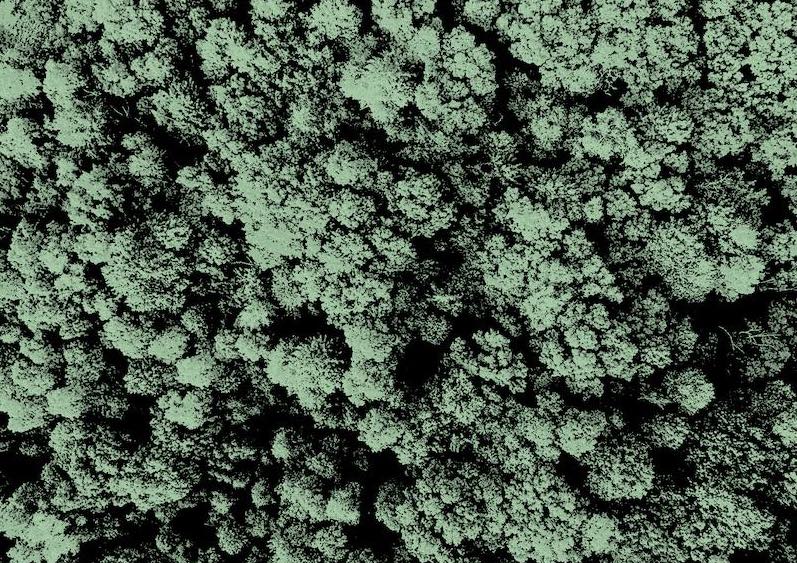What is it about?
The sequence of phase transitions in Cs2ZnI4 was studied by several methods. The incommensurate one-dimensional modulation was revealed in the interval between 120-108 K. The nature of incommensurate and lock-in transitions are discussed on the basis of experimentat data and numerical calculations of the line shape of the resonance spectra.
Featured Image
Why is it important?
The lock-in transition in Cs2Zn14has some peculiar features: that is discontinuous transition, nevertheless the non-equilibrium phenomena typical for this kind of transitions does not manifest itself. The thermal hysteresis of the transition was mentioned in X-ray measurements only. However just in this case the region of coexistence of “commensurate” and “incommensurate” reflections with the ratio of intensities changing near the transition point makes reliable determi- nation of the hysteresis difficult. Many experimental data show that the hysteresis phenomena near the lock-in transition are caused mainly by interaction of discom- mensurations with defects
Perspectives
The normal-incommensurate transition is undoubtedly of the second order. The X-ray diffusion scattering as well as the NQR spectra have revealed nucleation of the incommensurate areas into the normal phase above Ti. Approaching Ti these areas continuously increase in size.
Dr Bagautdin Bagautdinov
Read the Original
This page is a summary of: Successive phase transitions in Cs2ZnI4, Ferroelectrics, July 1995, Taylor & Francis,
DOI: 10.1080/00150199508217321.
You can read the full text:
Contributors
The following have contributed to this page







